Valoración del Ácido Carmínico como Posible Tratamiento de Cáncer en Comparación de la Doxorrubicina Usando Química Cuántica
Resumen
El ácido carmínico (ACM) es un compuesto natural de color rojo intenso, clasificado como antraquinona glucosídica, obtenido principalmente de la cochinilla Dactylopius coccus, un insecto que habita en los nopales. El objetivo de esta investigación fue evaluar el ACM como posible tratamiento contra el cáncer en comparación con la doxorrubicina (DRC) mediante química cuántica. Se empleó la teoría del coeficiente de transferencia de electrones (CTE) para simular las interacciones entre moléculas de DRC (un fármaco aprobado) y comparar los resultados in sillico con las interacciones del ACM, basándose en los veinte aminoácidos (AA) del cuerpo humano. Los resultados muestran que tanto el DCR como el ACM presentan un patrón similar, predominantemente oxidativo. Se concluye que el ACM, debido a su patrón similar al DRC, tiene potencial (incluso mayor) como agente quimioterapéutico.
Descargas
Citas
Campos-Xolalpa, N., Delgado, G., & López-Muñoz, H. (2021). Cytotoxic and antimicrobial activities of quinones isolated from different organisms. IntechOpen. https://www.intechopen.com/chapters/74937
Carvalho C, Santos RX, Cardoso S, Correia S, Oliveira PJ, Santos MS, Moreira PI. Doxorrubicina: el efecto bueno, el malo y el feo. Curr Med Chem. 2009;16(25):3267-85. doi: 10.2174/092986709788803312. Publicación electrónica del 1 de septiembre de 2009. PMID: 19548866.
Escardó Pereyra, C. A., & López, C. (2019). The diverse mechanisms and anticancer potential of naphthoquinones. Cancer Cell International, 19(1), 1–17. https://cancerci.biomedcentral.com/articles/10.1186/s12935-019-0925-8
González-Pérez, M. (2017). Quantum modeling to determine the carcinogenic potential of aflatoxin B1 produced by Aspegillus sp and its metabolic derivate aflatoxin M1. Mexican Journal of Biotechnology, 2(2), 255-270.
González-Pérez, M. (2017). Quantum Theory of the Electron Transfer Coefficient. International Journal of Advanced Engineering, Management and Science, 3(10), 239932.
Hypercube Inc. (s.f.). HyperChem: Molecular modeling software. Hallogram.com. https://www.hallogram.com/science/hyperchem/features/
Kciuk, M., Marciniak, B., & Kośmider, L. (2023). Doxorubicin—An agent with multiple mechanisms of anticancer activity. Cells, 12(4), 659. https://www.mdpi.com/2073-4409/12/4/659
Kim, S., Lee, H., Park, H., Kim, T., & Kim, J. (2012). Tetrathiomolybdate sensitizes ovarian cancer cells to anticancer drugs. BMC Cancer, 12, 147. https://bmccancer.biomedcentral.com/articles/10.1186/1471-2407-12-147
Montes de Oca Gamba, L. (2022). Evaluación de la actividad anti-sialidasa de derivados del ácido carmínico [Tesis de maestría, Centro de Investigación Científica de Yucatán]. Repositorio Institucional CICY. https://cicy.repositorioinstitucional.mx/jspui/bitstream/1003/2092/1/PCB_M_Tesis_2022_Laura_Montes_de_Oca_Gamba.pdf
Nemeikaite-Čėnienė, A., Sergedienė, E., Nivinskas, H., & Čėnas, N. (2002). Cytotoxicity of natural hydroxyanthraquinones: Role of oxidative stress. Zeitschrift für Naturforschung C, 57c, 822–827. https://doi.org/10.1515/znc-2002-9-1012
Ramírez, M., & Hernández, J. (2024). Extracción y electropolimerización del ácido carmínico. Boletín Científico ICBI, 8(15), 45–52. https://repository.uaeh.edu.mx/revistas/index.php/icbi/article/view/13688
Speth PA, van Hoesel QG, Haanen C. Farmacocinética clínica de la doxorrubicina. Farmacocineta Clin. Julio de 1988; 15(1):15-31. doi: 10.2165/00003088-198815010-00002. PMID: 3042244.
Wellington, K. W. (2015). Understanding cancer and the anticancer activities of naphthoquinones – a review. RSC Advances, 5(36), 28833–28866. https://pubs.rsc.org/en/content/articlehtml/2015/ra/c4ra13547d
Wen, Z., Ma, D., Sun, R., Liu, Y., & Xu, G. (2023). Doxorubicin-induced ROS-dependent HIF1α activation contributes to cardiac apoptosis by blocking IGF1 signaling. Aging, 15(4), 1875–1890. https://www.aging-us.com/article/204466/text
Yokoyama, T., Sugimoto, M., & Matsumoto, T. (2017). Induction of oxidative stress by anticancer drugs. Oncology Letters, 13(6), 4117–4120. https://www.spandidos-publications.com/10.3892/ol.2017.6931
Derechos de autor 2025 Diego Matheis Celis , Nancy Beatriz Sánchez Barrientos , Elí Hernández Jiménez, Jesica Vianney Hernández Morales , Lizzet Karina Espinosa Ojeda , Karla Elisa Valencia Rojas, Manuel González Pérez, José Manuel Cíntora Rivera

Esta obra está bajo licencia internacional Creative Commons Reconocimiento 4.0.

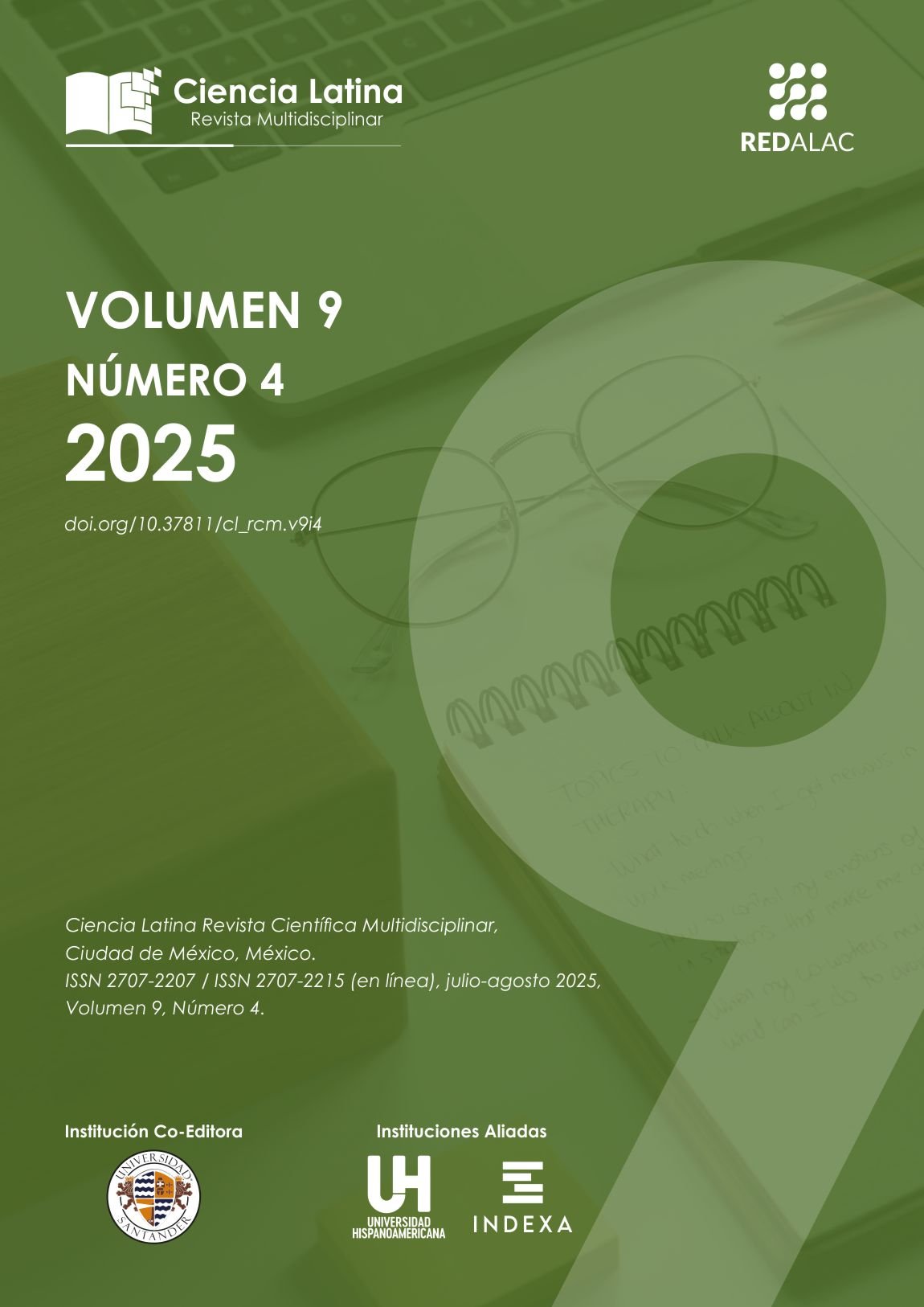




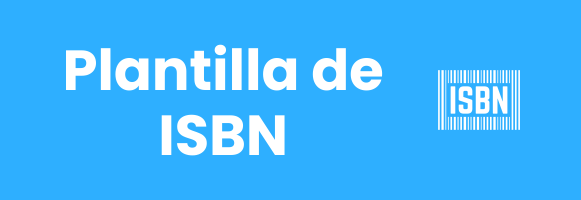



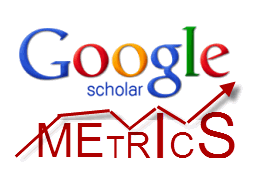

.png)
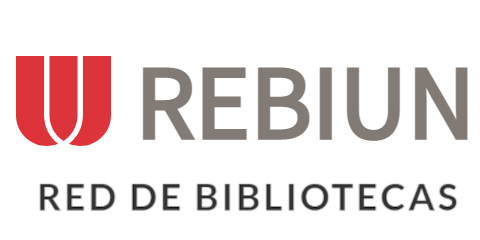







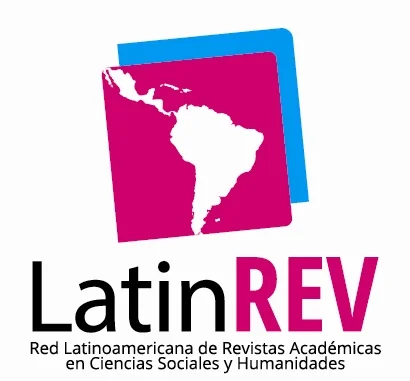

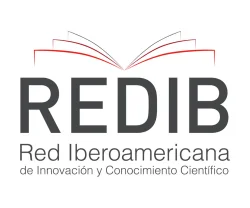


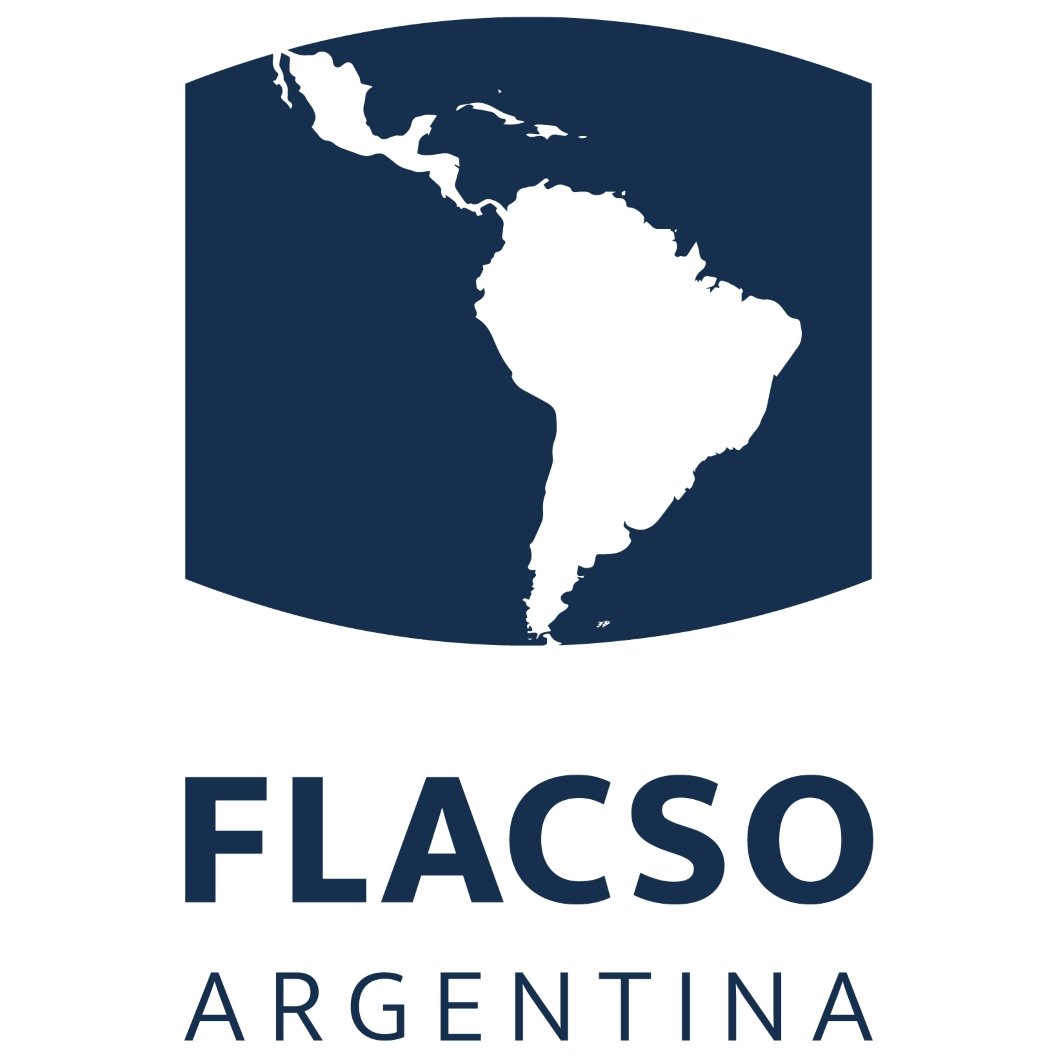
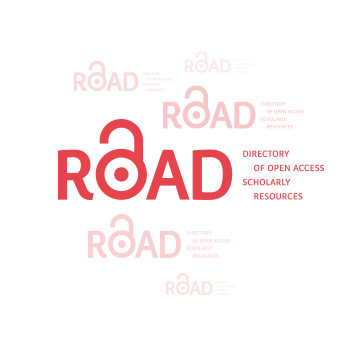
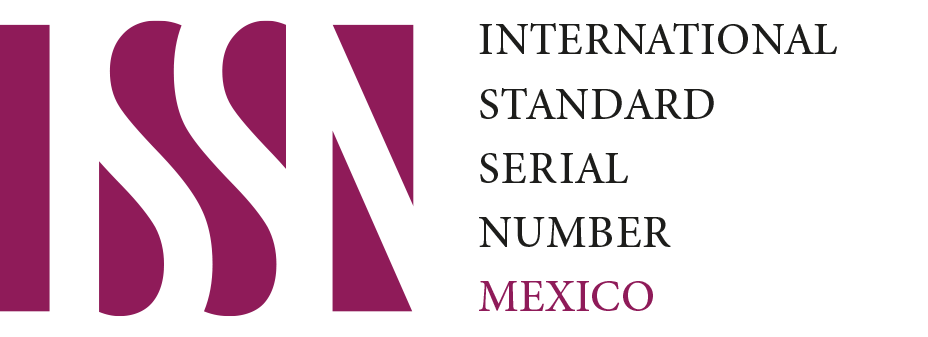
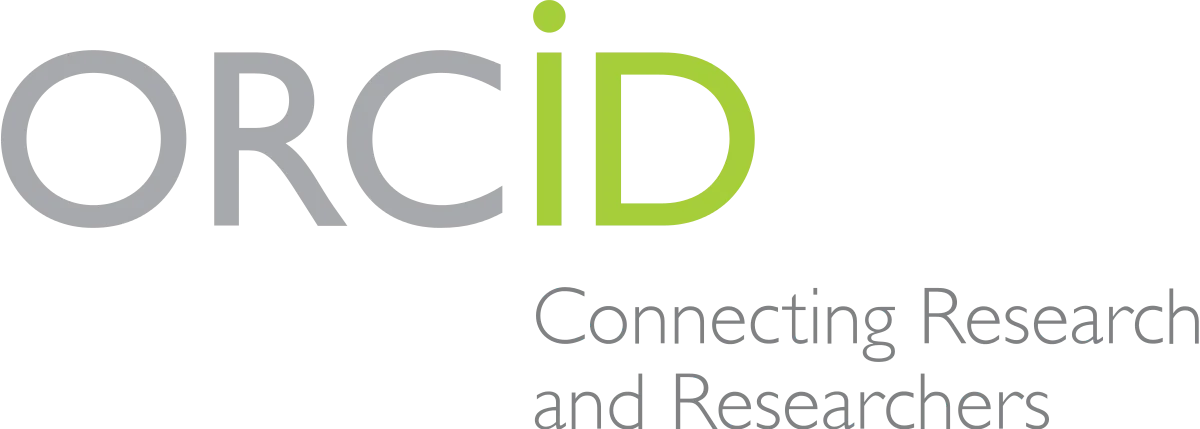



.png)
1.png)


